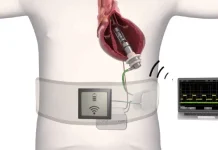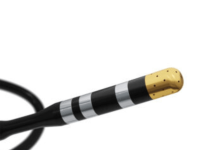The first patient has been treated with InterVene’s Recana thrombectomy system for restoring patency (blood flow) in chronically obstructed deep veins and venous stents.
The US-based clinical stage company claims Recana is the first mechanical thrombectomy system that has been specifically designed to address long-term complications caused by the treatment of chronic venous disease (CVD), including In-Stent Restenosis (ISR) and native vein obstructions.
Related: Xvivo enrolls first patient in Heart Assist Transport device study
ISR is estimated to affect around 150,000 people in the US annually. The condition refers to the re-narrowing of an artery at a site where a stent was previously placed to treat a blockage. While typically treated with balloon angioplasty or stent relining, both approaches are viewed as suboptimal in achieving long-term blood flow in the affected veins.
In clearing obstructive material from deep veins such as blood clots, Recana can be integrated by vascular specialists with standard fluoroscopy and intravascular ultrasound (IVUS) techniques.
The study is being run by both InterVene and the University of Galway Institute of Clinical Trials in Ireland. Consultant interventional radiologist Dr. Gerry O’Sullivan, trial investigator, said there remains a “considerable gap” in effective interventional treatments for patients with persistent symptoms related to venous outflow obstructions.
Dr. O’Sullivan said: “I had previously tried and failed to recanalise this patient’s vessels on four separate occasions – Recana succeeded in just one.”
InterVene completed a $13m Series A financing round in 2024, with funds set aside to initiate clinical studies and progress Recana towards a regulatory filing with the US Food and Drug Administration (FDA).
InterVene CEO Jeff Elkins commented: “This successful first-in-human procedure comes after several years of rigorous work to prove a transformative design to address a major unmet need in venous disease.
“Completing this first case marks an important milestone in bringing our technology to patients affected by the long-term complications of venous disease.”






